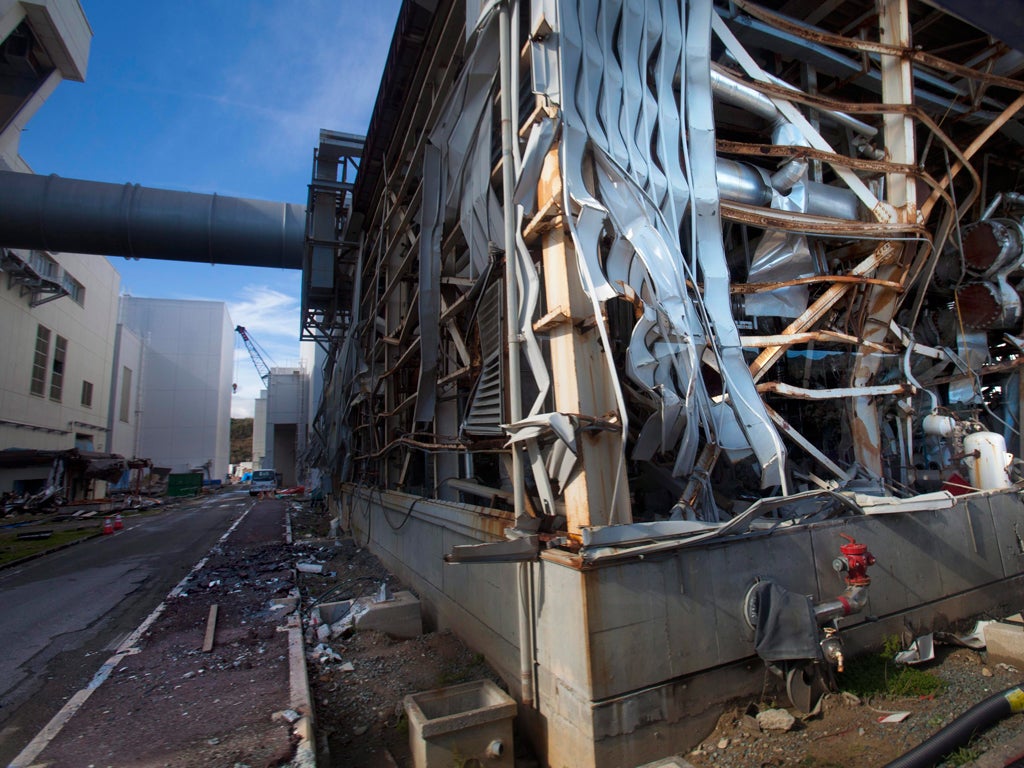Radioactive water leaks from Japanese nuclear plant

Japan's crippled nuclear power plant leaked about 45 tons of highly radioactive water from a purification device over the weekend, its operator said, and some may have drained into the ocean.
The leak is a reminder of the difficulties facing Tokyo Electric Power Co. as it tries to meet its goal of bringing the tsunami-damaged Fukushima Dai-ichi nuclear power plant to a cold shutdown by year's end.
A pool of radioactive water was discovered midday Sunday around a decontamination device, TEPCO said in a statement on its website. After the equipment was turned off, the leak appeared to stop. Later, workers found a crack in a concrete barrier leaking the contaminated water into a gutter that leads to the ocean.
TEPCO estimated about 300 liters leaked out before the crack was blocked with sandbags.
Officials were checking whether any water had reached the nearby ocean.
The leakage of radioactive water from the Fukushima plant into the Pacific Ocean in the weeks after the March 11 accident caused widespread concern that seafood in the coastal waters would be contaminated.
The pooled water around the purification device was measured Sunday at 16,000 bequerels per liter of cesium-134, and 29,000 bequerels per liter of cesium-137, TEPCO said. That's 270 times and 322 times higher, respectively, than government safety limits, according to the Citizens' Nuclear Information Center in Tokyo.
Cesium-137 is dangerous because it can last for decades in the environment, releasing cancer-causing radiation. The half-life of cesium-134 is about two years, while the half-life of cesium-137 is about 30 years.
TEPCO is using the purification devices to decontaminate water that has been cooling the reactors. Three of the plant's reactor cores mostly melted down when the March 11 tsunami knocked out the plant's cooling system.
AP
Join our commenting forum
Join thought-provoking conversations, follow other Independent readers and see their replies
Comments